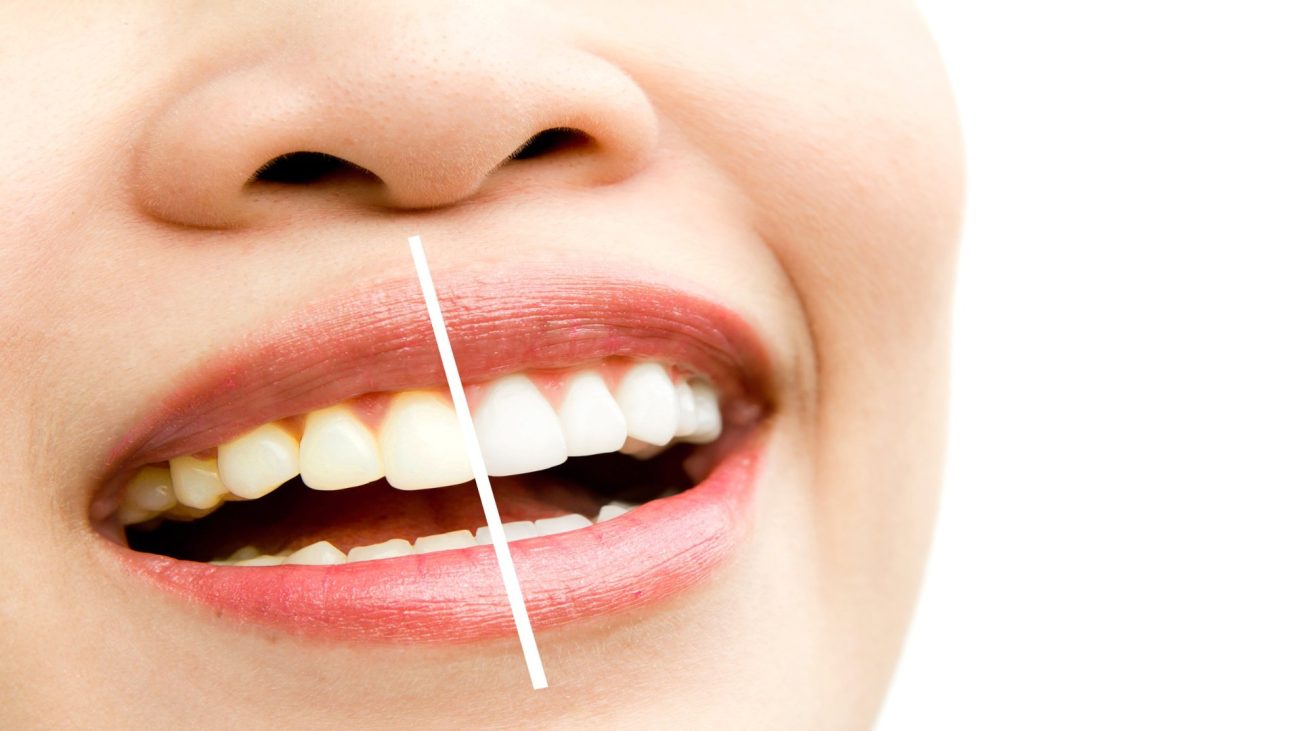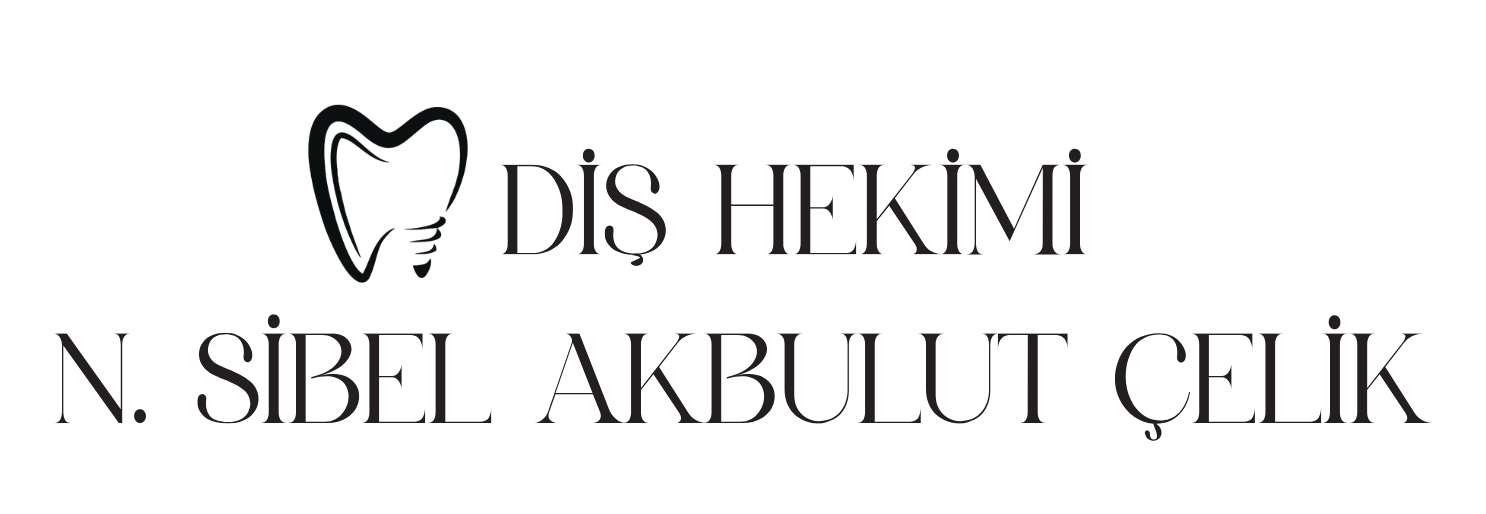What is Teeth Whitening?

Teeth whitening is the process of lightening teeth that have become discolored for various reasons by using special gels or light technology. This aesthetically pleasing method results in a brighter, healthier, and more attractive smile.
When is Teeth Whitening Applied?
When discoloration is caused by external factors like tea, coffee, or smoking
If teeth darken with age
For stains due to fluorosis or antibiotic use
When an enhanced appearance is desired before special events (weddings, graduations, photo shoots, etc.)
Advantages of Teeth Whitening
Delivers visible results in a short time
Painless and non-surgical procedure
Enhances smile aesthetics and self-confidence
Preserves natural tooth structure while lightening shade
Customizable plan using in-office or at-home methods
Types of Teeth Whitening
In‑Office Whitening: Fast and powerful whitening with special light-support; visible effects in a single session.
At‑Home Whitening: Custom trays with whitening gels prescribed by the dentist—results typically appear in 1–2 weeks.
Combined Whitening: A mix of both in-office and at-home treatments—this approach offers the longest-lasting and most pronounced effect.
Precautions for Teeth Whitening
Before the Procedure:
Dental cleaning and treatment of cavities should be completed
Gum disease must be treated beforehand
Dentists should evaluate suitability for those with high sensitivity clinicsibelcelik.com
After the Procedure:
Avoid staining foods/drinks (tea, coffee, wine, cola, tomato-based foods) for 48 hours
Expect temporary sensitivity to hot/cold foods
Maintain regular oral hygiene to prolong whitening effect
Supportive touch-ups may be scheduled every 6 months to 1 year
